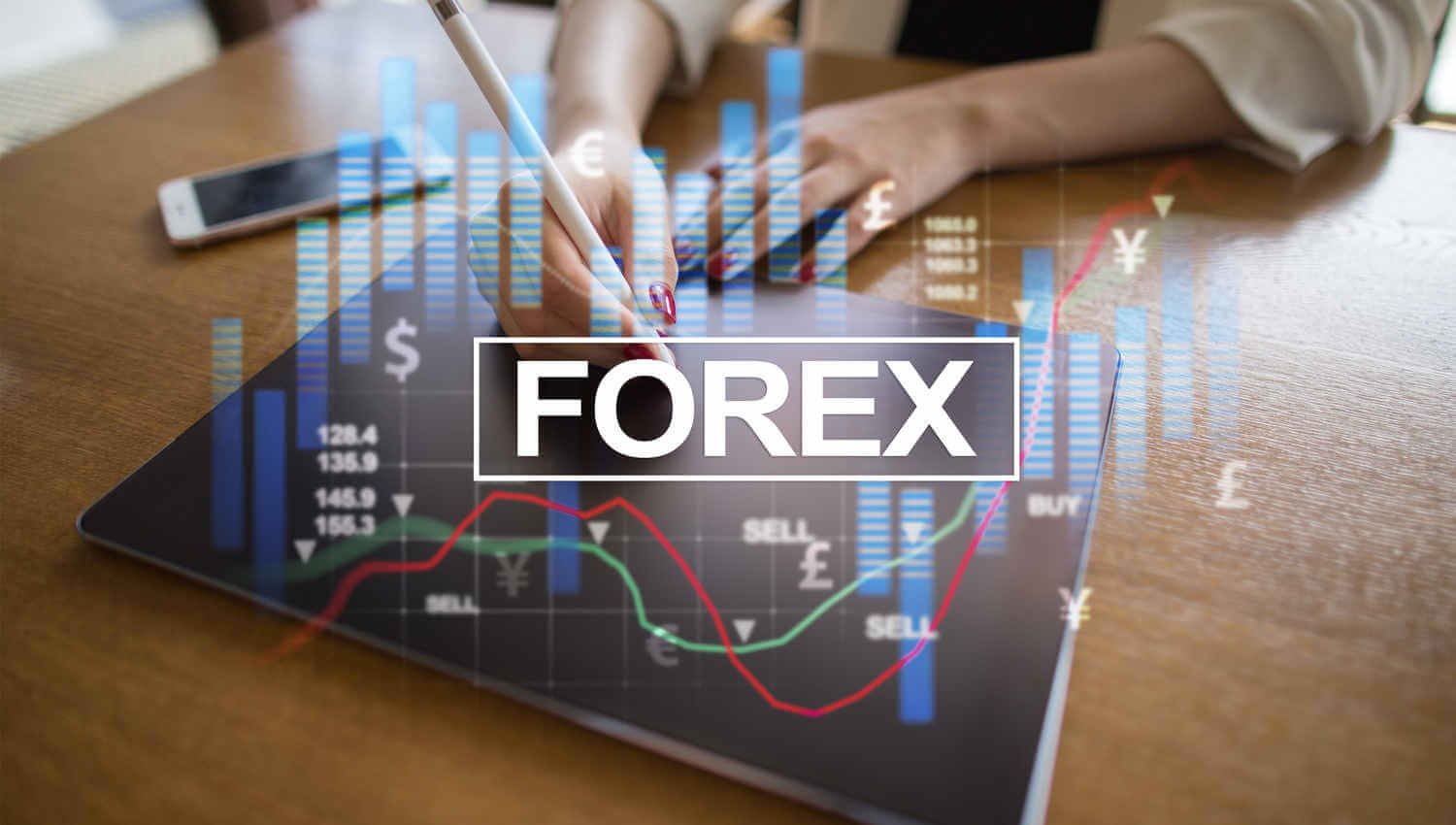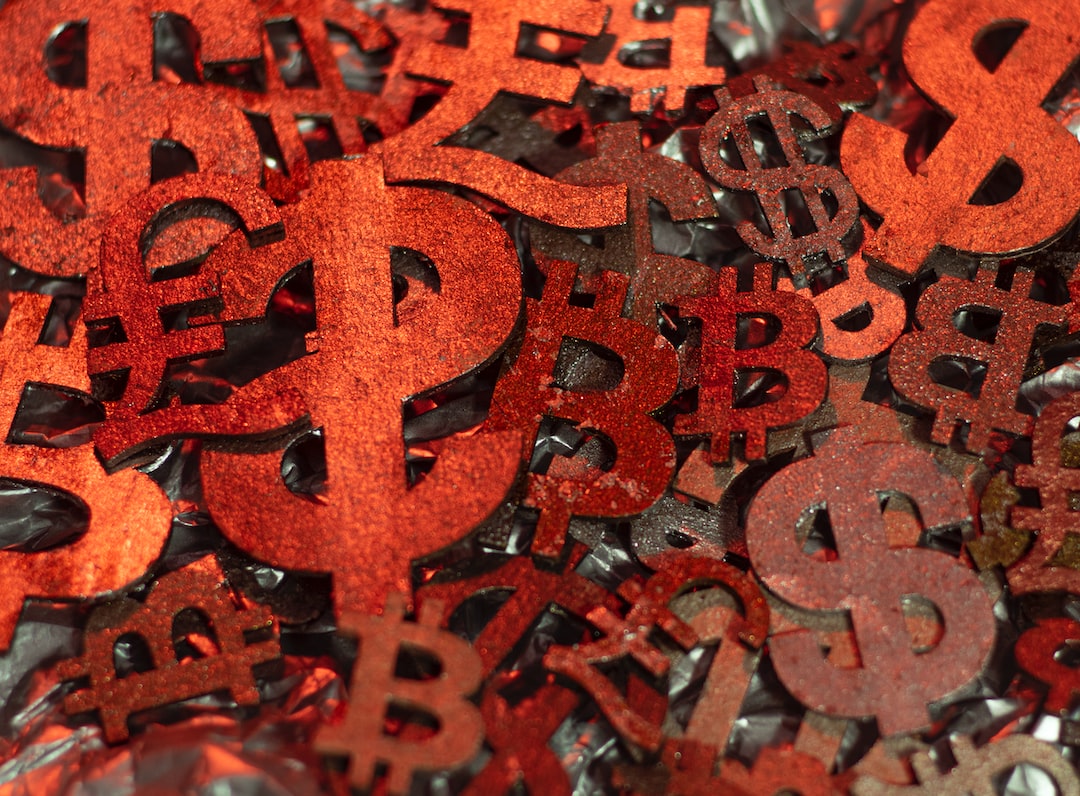Introduction: Unlocking the World of Foreign Exchange
The foreign exchange (forex) market is a global decentralized marketplace where currencies of different countries are traded. It’s the largest and most liquid financial market globally, with an average daily trading volume of over $6.6 trillion. India, as an emerging economic powerhouse, plays a significant role in the forex market. Understanding the nuances of the Indian forex market is essential for investors, traders, and businesses looking to navigate this dynamic financial landscape.

Image: personal-finance.in
The Indian Forex Market: A Brief History and Structure
The Indian forex market was established in 1978 after the collapse of the Bretton Woods system, which pegged currencies to the U.S. dollar. The Reserve Bank of India (RBI), India’s central bank, plays a pivotal role in regulating and monitoring the country’s forex market. It sets guidelines, establishes trading hours, and manages the country’s foreign exchange reserves. The market operates through a decentralized network of banks, financial institutions, authorized dealers, and corporates that facilitate foreign exchange transactions.
Types of Forex Market Participants in India
The Indian forex market consists of a diverse range of participants, each with specific roles and objectives. The primary participants include:
-
Banks and Financial Institutions: These are the largest participants, dominating the interbank market and providing foreign exchange services to clients.
-
Authorized Dealers: These are non-bank financial institutions that have been authorized by the RBI to trade in foreign exchange.
-
Corporates: Large corporations engage in foreign exchange transactions for international trade, investment, and repatriation of profits.
-
Individuals: Retail investors participate in the forex market through banks or brokers to speculate, hedge against currency fluctuations, or exchange currencies for travel or other purposes.
Factors Influencing the Indian Forex Market
Numerous factors influence the exchange rate of the Indian rupee. These include:
-
Economic Indicators: Inflation, GDP growth, interest rates, and trade balance impact the demand and supply of the rupee.
-
Political and Regulatory Environment: Political stability, government policies, and RBI regulations influence investor confidence and impact the exchange rate.
-
Global Economic Conditions: The global economy and events in major economies, such as the U.S. and China, affect investor sentiment towards the rupee.
-
Currency Speculation: Currency traders buy and sell currencies based on their predictions of future exchange rate movements, influencing the market value.

Image: www.forex.academy
How to Trade in the Indian Forex Market
To trade in the Indian forex market, individuals and corporates need to open an account with an authorized dealer or bank that offers forex trading services. Once an account is opened, traders can execute transactions using various trading platforms. The most common trading vehicles in the Indian forex market include:
-
Spot Contracts: Immediate purchase and sale of currency at the current market rate.
-
Forward Contracts: Agreements to buy or sell currency at a pre-determined exchange rate and future date.
-
Options: Contracts that give the holder the right to buy or sell currency at a specific price within a certain time frame.
Strategies for Success in the Forex Market
Trading in the forex market can be both lucrative and risky. Successful traders employ strategies that align with their risk tolerance, market knowledge, and trading style. Some common strategies include:
-
Trend Trading: Identifying and trading in the prevailing market trend.
-
Carry Trade: Borrowing low-yielding currencies and investing them in higher-yielding currencies to earn the interest rate differential.
-
Scalping: Making multiple small profits by entering and exiting trades quickly.
Forex Market In India Wiki
Conclusion: Harnessing the Power of the Indian Forex Market
The Indian forex market provides ample opportunities for investors, traders, and businesses. By understanding its structure, participants, influencing factors, and trading strategies, one can navigate this vast and dynamic financial ecosystem. Remember, the forex market is inherently volatile, and thorough research, risk management, and a disciplined trading approach are key to maximizing its potential while mitigating risks.






